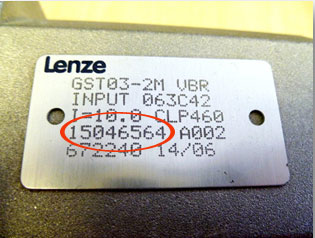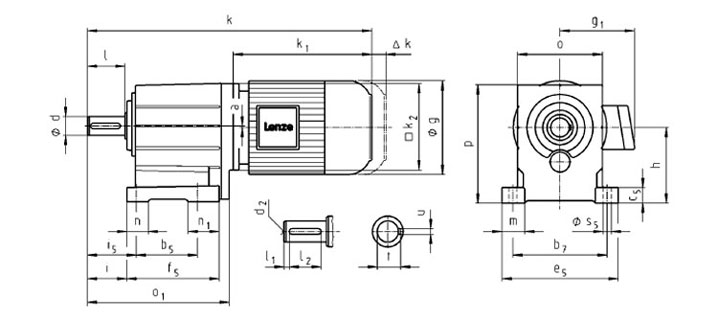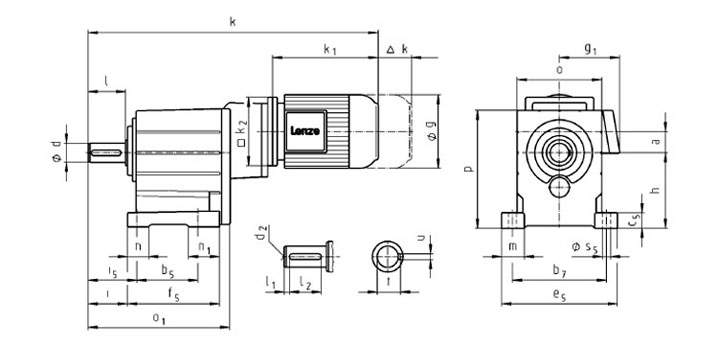Load Capacity C
C is the load capacity of the gearbox, this is determined via several variable factors.
- Number of hours per day the unit is operated
- Number of starts per hour
- Load Type see below
Load Type
- Duty I = Smooth operation, small or light jolts
- Duty II = Uneven operation, average jolts
- Duty III = Uneven operation, severe jolts and/or alternating load
It is important to select the correct load capacity C of the gearbox as this ensures the gearbox is robust enough to give its full service life, incorrect selection could result in premature failure of the gearbox or oversizing with a larger and more expensive gearbox being selected than required.
As a rough guide with 8 hours per day running and no more than 10 starts per hour with correct oil selection and ambient temperature, then a selection of C as below would be suitable.
- Duty I 1.0 to 1.4
- Duty II 1.4 to 1.6
- Duty III 1.6 to 1.8
For a full and technical explanation of load capacity C please see below or call Transdrive for further advice.
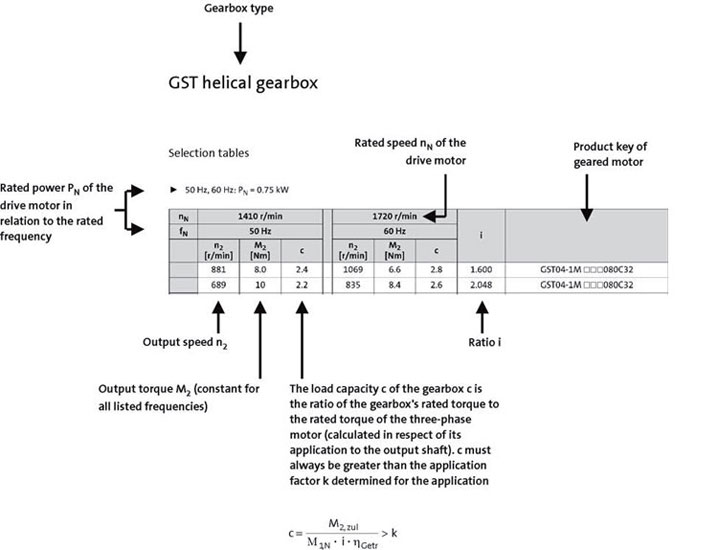
Load Capacity and application Factor
Load capacity of gearbox
Rated value for the load capacity of Lenze geared motors
- c is the ratio of the permissible rated torque of the gearbox to the rated torque supplied by the drive component (eg. The build in Lenze motor)
- The value of c must always be greater than the application factor k calculated for the application.
Application factor k (according to DIN 3990)
Take into account the influence of temporally variable loads which are actually present during the atnticipated operating time of gearboxes and geared motors.
k is determined by:-
- the type of load
- the load intensity
- temporal influences
| Duty class | Load type |
|---|
| I | Smooth operation, small or light jolts |
| II | Uneven operation, average jolts |
| III | Uneven operation, severe jolts and/or alternating load |
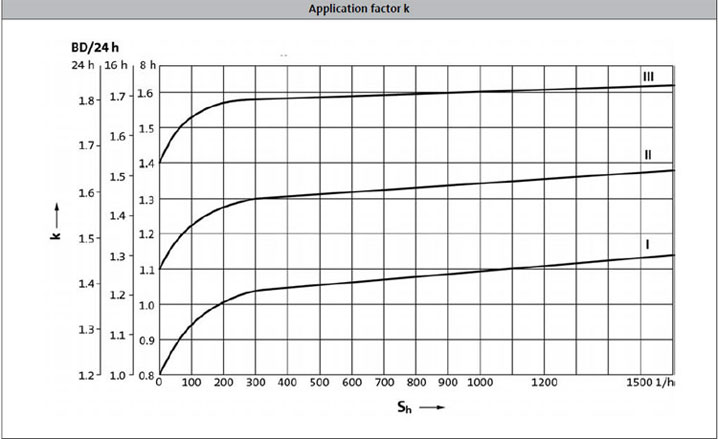
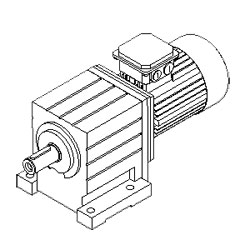
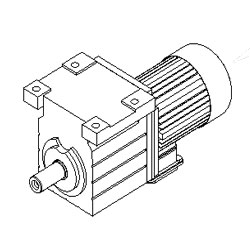

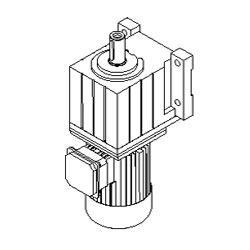


 Lenze GST Geared Motors
Lenze GST Geared Motors
